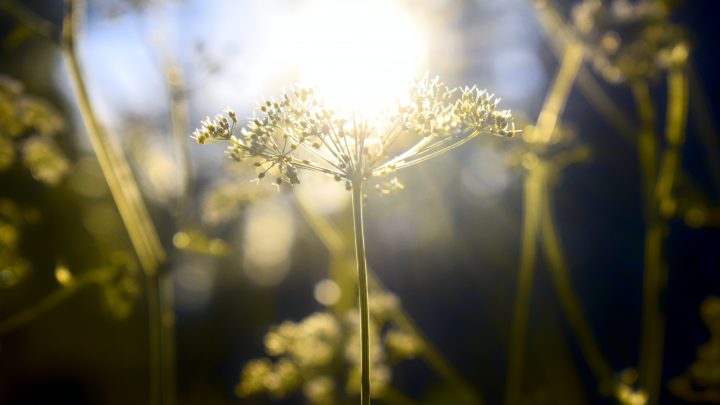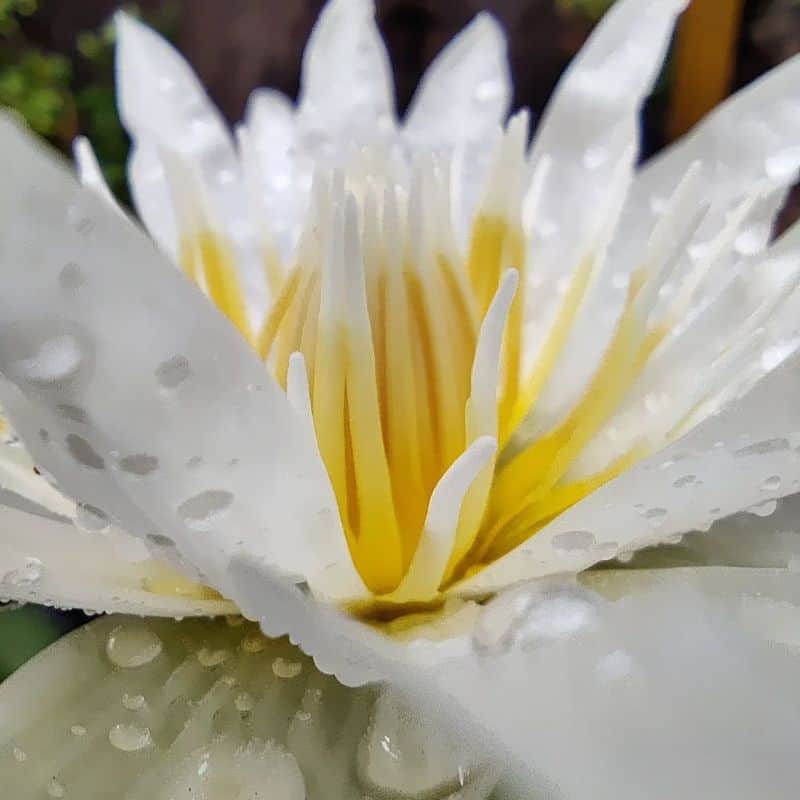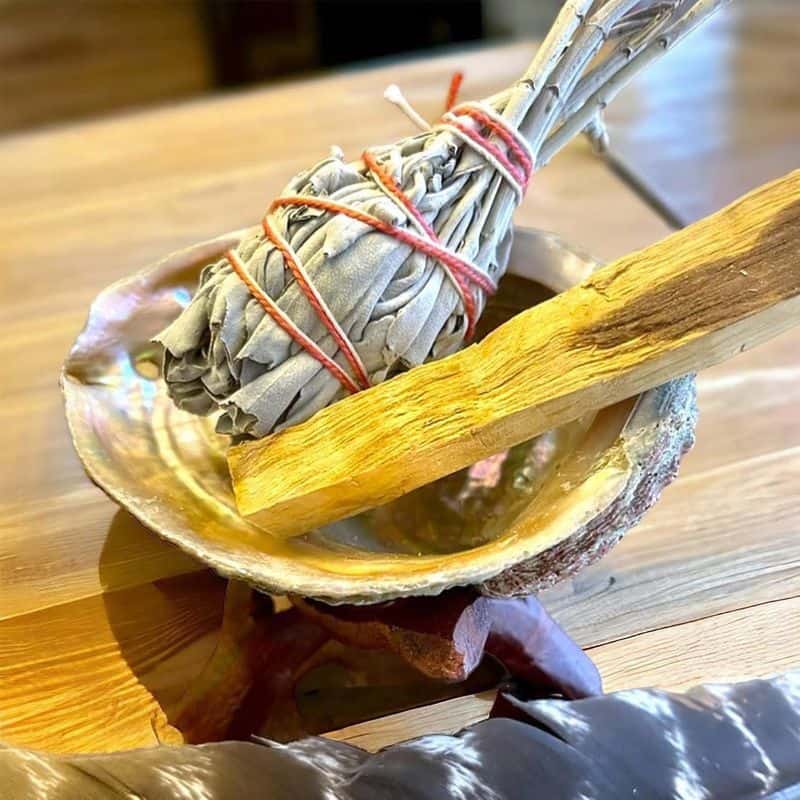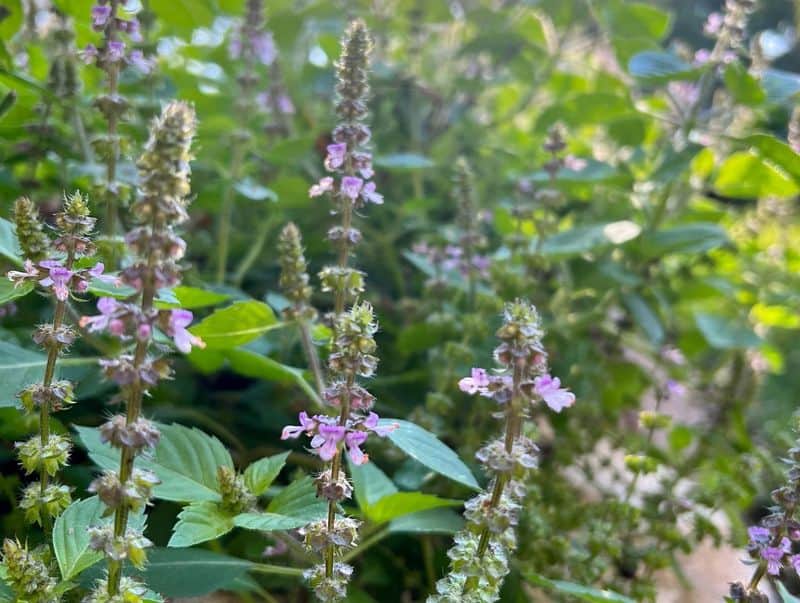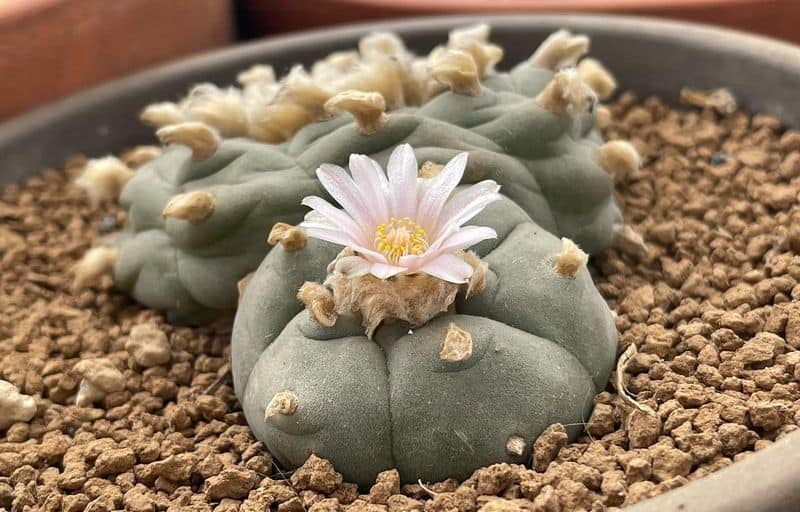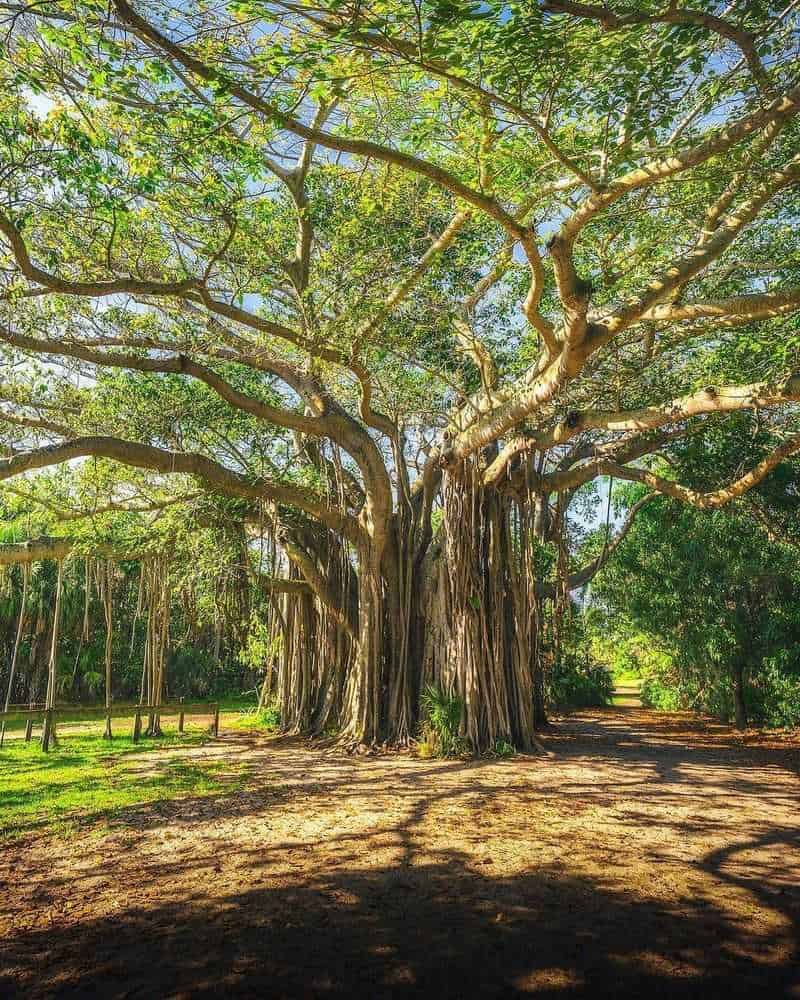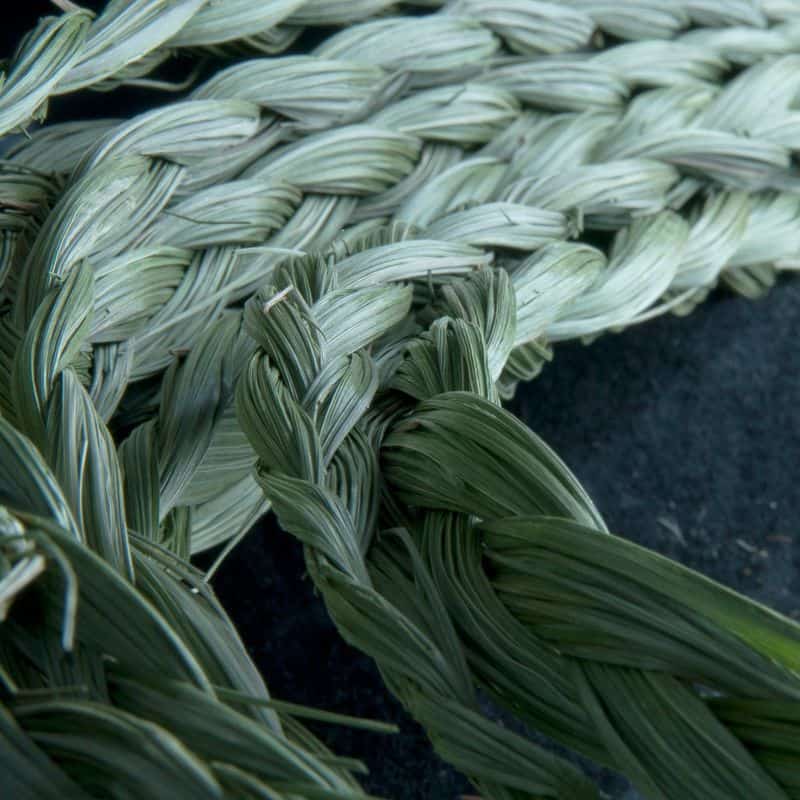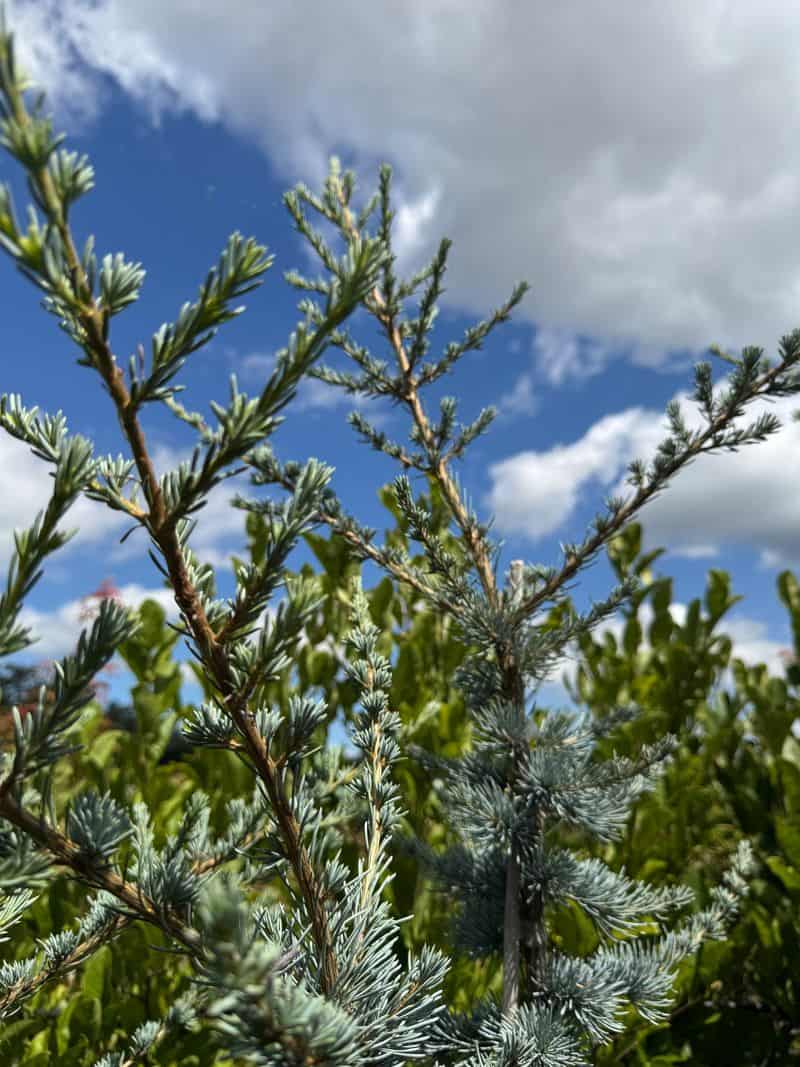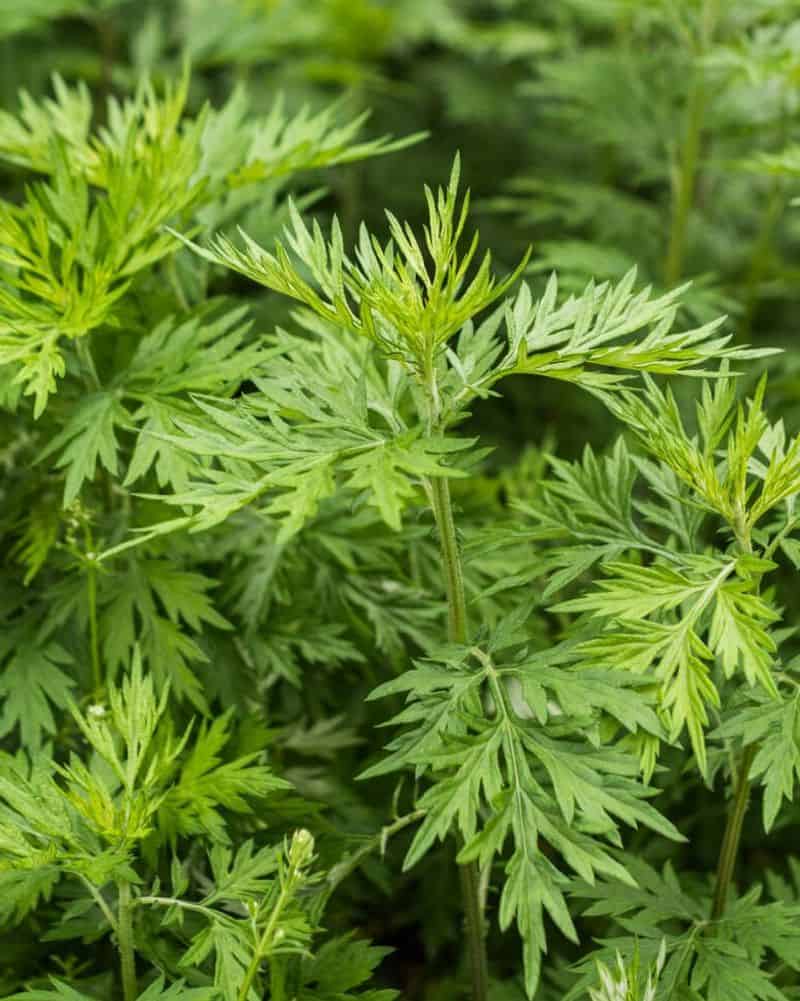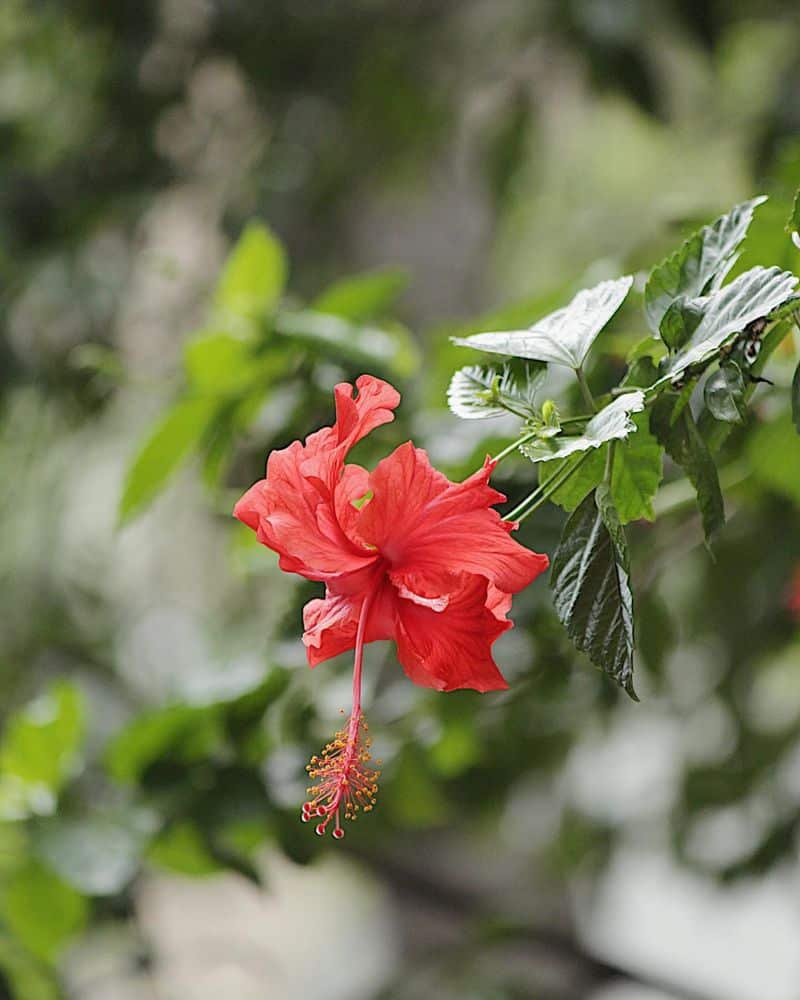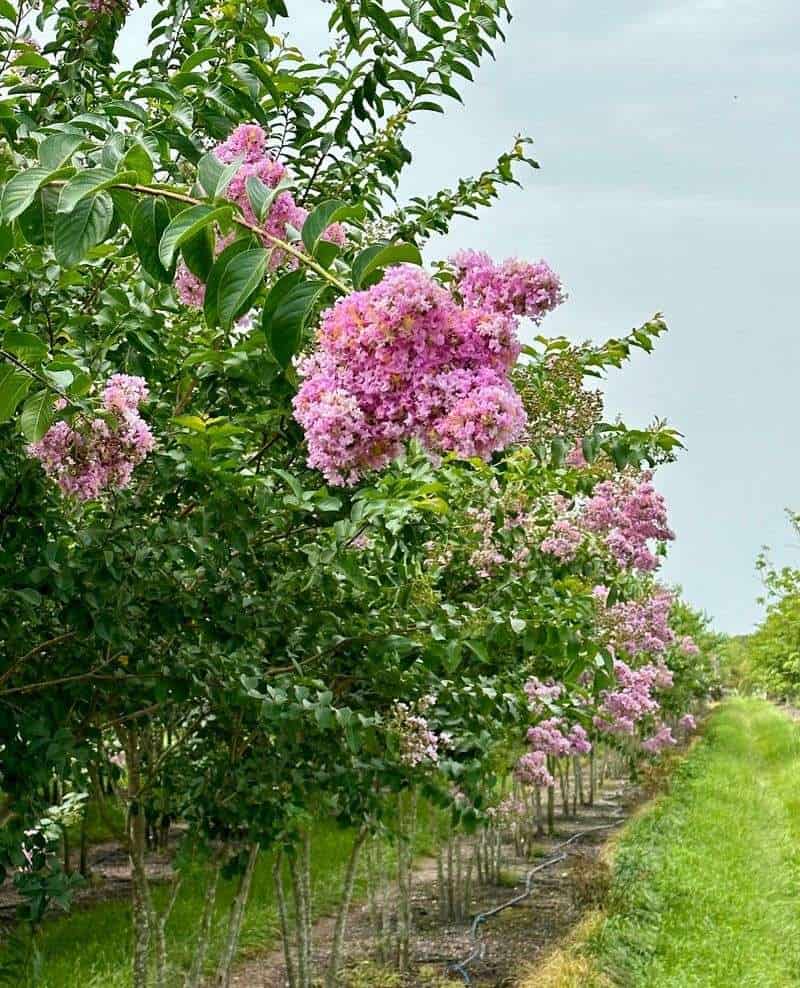Plants have been more than just decoration or food throughout human history. Many have taken on deeper meanings, becoming bridges between our world and the spiritual realm.
From ancient temples to modern meditation spaces, these green companions have helped us connect with something greater than ourselves.
Ready to discover which leafy friends might be guiding your spiritual journey?
1. Lotus: The Mud-to-Magnificence Marvel
Ever seen something gorgeous emerge from total muck? That’s the lotus flower’s whole deal! Growing from murky pond bottoms yet blooming spotlessly above water, this flower teaches us we can rise above life’s messiest situations.
Buddhists and Hindus absolutely adore this pink-petaled wonder. They believe it represents our spiritual journey from ignorance to enlightenment. Buddha himself is often portrayed sitting on a lotus throne!
Fun fact: Lotus flowers can regulate their temperature like warm-blooded animals. Talk about a hot plant with an even hotter spiritual reputation!
2. Sage: The Spiritual Space Cleaner
Got ghosts? Bad vibes? Negative energy hanging around like unwanted party guests? Grab some sage and start smudging! Native American traditions have used this aromatic herb for centuries to purify spaces and people.
White sage bundles, when lit and allowed to smolder, release smoke believed to attach to negative energies and carry them away. Many modern spiritual practitioners keep a bundle handy for regular spiritual housekeeping.
The next time life feels funky (and not in the good way), remember this fragrant friend. Just don’t blame me when your smoke detector mistakes your spiritual cleansing for a kitchen disaster!
3. Tulsi: The Goddess in Green Form
“Holy Basil” might sound like what an exasperated saint would yell, but it’s actually Hinduism’s most sacred herb! Believed to be the earthly manifestation of goddess Lakshmi, Tulsi plants often get the VIP treatment with their own special altar in Hindu homes.
This aromatic plant isn’t just spiritually significant—it’s a medicine cabinet in leaf form. From fighting colds to calming nerves, Tulsi works overtime in the healing department.
Hindu households consider themselves incomplete without this divine greenery. Would your houseplant collection be blessed or stressed knowing one of its members might actually be a goddess in disguise?
4. Peyote: The Desert’s Vision Quest Guide
Small and unassuming, this button-shaped cactus packs a spiritual punch that’s anything but tiny! Native American Church ceremonies center around peyote as a sacrament, believing it opens doorways to divine wisdom and healing.
Unlike your average houseplant, this cactus contains mescaline, which produces profound visionary experiences. Participants in traditional ceremonies often report meaningful insights that help them navigate life’s challenges.
Legally protected for religious use, peyote reminds us that sometimes the most powerful spiritual teachers come in the most humble packages. Mother Nature’s version of “don’t judge a book by its cover” might just be “don’t judge a cactus by its size!”
5. Banyan Tree: The Immortality Mansion
If trees held popularity contests, the banyan would be the showoff with its incredible expanding act! Starting life as a tiny seed in another tree’s cracks, it eventually engulfs its host and spreads horizontally, creating a forest from a single tree.
In Hinduism, this botanical wonder represents eternal life and is associated with Lord Vishnu. Village meetings traditionally happen under its massive canopy, where wisdom is shared in its sacred shade.
Some banyan trees are over 200 years old with canopies covering acres! Next time you’re feeling small, remember the banyan’s lesson: from tiny beginnings come vast, interconnected networks that stand the test of time.
6. Sweetgrass: The Fragrant Bridge to Heaven
Imagine grass so sweet-smelling that it’s nicknamed “the hair of Mother Earth”! Native American traditions treasure sweetgrass for its vanilla-like fragrance that’s believed to attract positive spirits and good fortune.
Traditionally braided and dried, then lit at one end to produce aromatic smoke, sweetgrass creates a fragrant pathway between humans and the divine. Unlike sage which banishes negative energy, sweetgrass invites the good stuff in!
The braiding process itself represents strength in unity—three strands woven together creating something stronger than its parts. Who knew grass could teach us so much about community and connection? Your lawn is definitely feeling inadequate right now!
7. Cedar: The Aromatic Guardian
Cedar doesn’t just make fancy closets—it’s spiritual security at its finest! Many Indigenous cultures burn cedar boughs to create protective barriers against negative energies. The fragrant smoke is like spiritual garlic to metaphysical vampires!
Beyond protection, cedar represents abundance and prosperity. Its evergreen nature symbolizes immortality and strength through difficult seasons. Many ceremonial items are crafted from cedar wood because of its sacred properties.
Next time you smell that distinctive cedar aroma, know you’re experiencing what countless generations have considered spiritual bodyguard service. If trees had resumes, cedar’s would definitely list “professional spirit bouncer” under special skills!
8. Mugwort: The Dreamweaver’s Delight
Looking to spice up your dreamscape? Mugwort might be your ticket to Dreamland Deluxe! This fuzzy-leaved herb has been used across cultures to enhance dream recall and promote prophetic dreaming. Medieval Europeans even stuffed pillows with it for magical night journeys!
In Asian traditions, dried mugwort is shaped into cones and burned near acupuncture points in a practice called moxibustion. The Japanese use it in ceremonial baths before important festivals to purify body and spirit.
With its silver-green leaves that shimmer in moonlight, mugwort has earned its reputation as a bridge between conscious and subconscious realms. Sweet dreams are definitely made of this—though explaining your sudden interest in weird herbs to your roommate might be a nightmare!
9. Hibiscus: The Goddess’s Fiery Favorite
Red hibiscus flowers are like spiritual traffic stoppers—impossible to ignore and packed with divine significance! In Hinduism, these crimson blooms are the favorite offering to Kali, the fierce goddess of time, change, and destruction.
Hawaiian culture sees the hibiscus as a symbol of power and respect. Young women traditionally wear these vibrant flowers behind different ears to signal their relationship status—left for taken, right for single and ready to mingle!
Beyond spiritual significance, hibiscus flowers make a tangy, ruby-red tea packed with vitamin C. Who knew that appeasing goddesses and boosting your immune system could be accomplished with the same fabulous flower?
10. Myrtle: The Peaceful Unifier
In Jewish tradition, myrtle branches aren’t just pretty greenery—they’re peace ambassadors with leaves! Used in the festival of Sukkot as part of the Four Species bundle, myrtle represents the eyes and vision, encouraging us to see beyond differences.
Ancient Greeks and Romans weren’t slacking in the myrtle appreciation department either. They associated this aromatic evergreen with Aphrodite/Venus, making it a symbol of love and beauty. Brides often wore myrtle wreaths, a tradition Queen Victoria popularized that continues in British royal weddings today!
With its delightful fragrance and tiny white flowers, myrtle teaches that true harmony comes through embracing our unique contributions. Spiritual unity never smelled so sweet!

